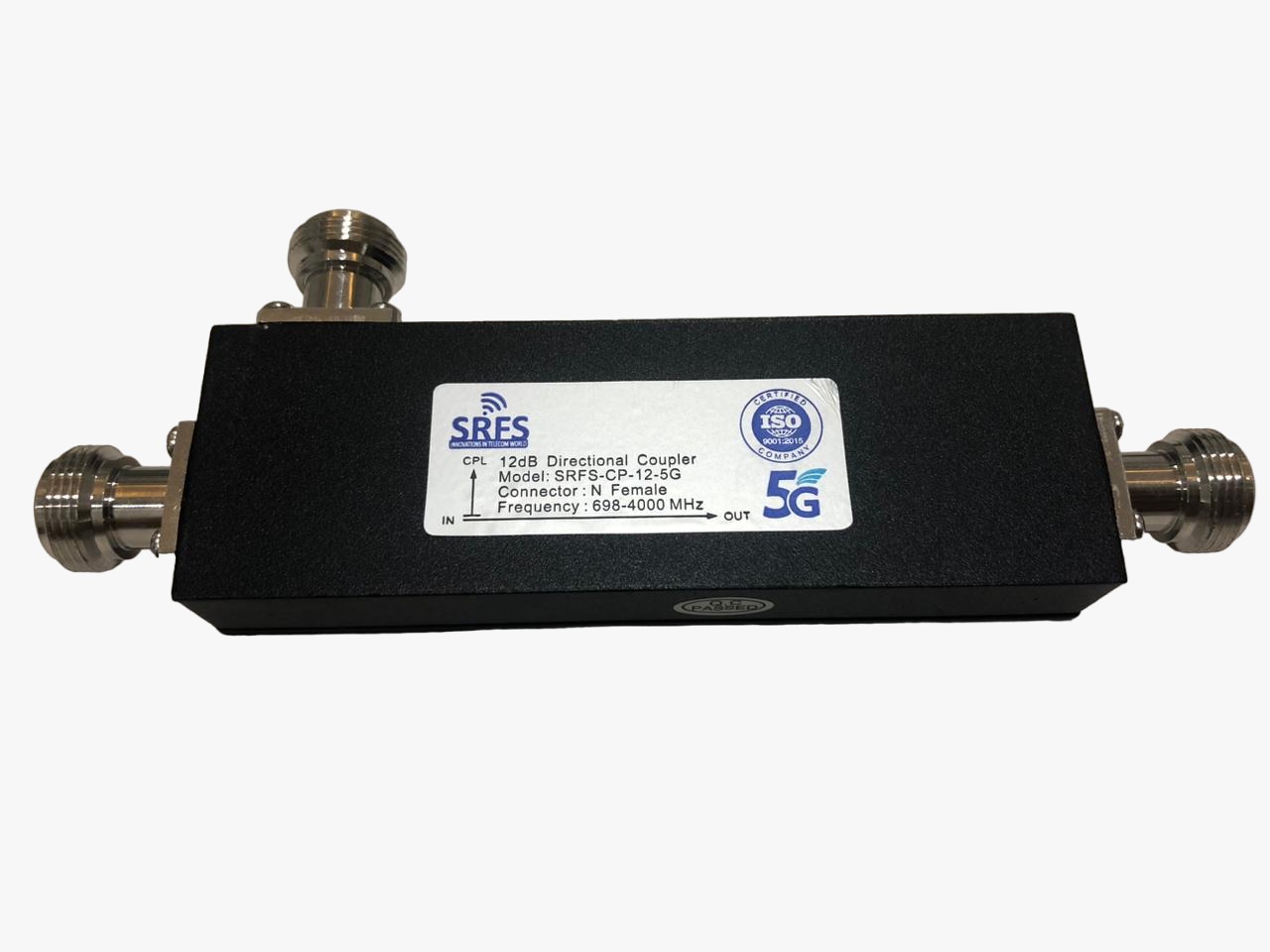
Introduction
Welcome to this article on design and performance considerations for directional couplers. Whether you are a seasoned engineer or just starting out in the field, understanding the intricacies of directional couplers is essential for success in many applications. In this article, we will explore the fundamentals of directional couplers, their design considerations, and their performance characteristics. Additionally, we will discuss the specific implications of directional couplers in the context of 5G technology.
What is a Directional Coupler?
Before diving into the design and performance considerations, let us first understand what a directional coupler is. A directional coupler is a passive device that allows the transfer of electromagnetic power between different transmission lines while maintaining the signal directionality. It is commonly used in scenarios where power needs to be distributed or combined with minimal signal loss.
Design Considerations
Designing a directional coupler requires careful consideration of various factors. Let's explore some of the key design considerations:
Coupling Ratio
The coupling ratio determines the amount of power transferred from the input port (main line) to the coupled port (coupled line). It is typically expressed in decibels (dB) and represents the power ratio between these two ports. The coupling ratio is a critical parameter that determines the performance characteristics of a directional coupler.
Frequency Range
The frequency range of operation is an important design consideration. Directional couplers are designed to operate within specific frequency bands. The frequency range determines the coupler's ability to handle the desired signals without significant loss or distortion.
Insertion Loss
Insertion loss refers to the amount of power lost when the signal is transferred from the input port to the output port. It is essential to minimize insertion loss to ensure efficient signal transfer and minimize power dissipation.
Isolation
Isolation is the ability of a directional coupler to prevent unwanted coupling between the main and coupled ports. Higher isolation ensures that power from the main line does not leak into the coupled line or vice versa. It helps maintain signal integrity and prevents interference.
Directivity
Directivity is a measure of the coupler's ability to direct power from the input port to the coupled port while minimizing power leakage in the reverse direction. A high directivity value indicates better performance and signal isolation.
Physical Size and Packaging
The physical size and packaging of directional couplers should be considered based on the intended application. Different form factors and packaging options are available to accommodate different system requirements.
Performance Characteristics
Now that we have discussed the design considerations, let's explore the performance characteristics of directional couplers:
Frequency Response
Directional couplers have a specific frequency response that determines their operating range. It is essential to choose a coupler that matches the desired frequency range of the application.
Return Loss
Return loss measures the amount of power reflected back towards the source due to impedance mismatches. A low return loss indicates efficient power transfer, while a high return loss indicates potential signal degradation.
Power Handling Capability
Directional couplers have a specified power handling capability that indicates the maximum power level they can handle without significant degradation. It is crucial to choose a coupler that can handle the power requirements of the application to avoid damage or performance issues.
Phase Balance
Phase balance refers to the equal division of power between the coupled ports. A well-balanced directional coupler ensures equal power transfer and maintains signal integrity throughout the system.
Directional Couplers in 5G Technology
With the rapid advancements in wireless technology, directional couplers play a crucial role in 5G networks. Let's explore their implications in the context of 5G:
Signal Distribution
Directional couplers are used in 5G base stations to distribute signals among different components. They help optimize signal transmission and maintain the required signal strength throughout the network.
Power Combining
In 5G networks, directional couplers are employed to combine power from multiple sources before transmitting it to the antenna. This ensures efficient power utilization and enhances overall network performance.
Signal Monitoring
Directional couplers are often used for signal monitoring in 5G networks. By coupling a portion of the signal, they allow for real-time monitoring of signal quality, power levels, and other parameters.
Network Optimization
With the complexity of 5G networks, directional couplers are vital for optimizing network performance. They help balance signal distribution, manage power levels, and minimize interference, resulting in improved overall network efficiency.
Conclusion
Directional couplers are essential components in various applications, including 5G technology. Understanding their design considerations and performance characteristics is crucial for successful implementation. By considering factors such as coupling ratio, frequency range, insertion loss, isolation, directivity, and power handling capability, engineers can design directional couplers that meet specific application requirements. With the continuous evolution of wireless technologies, directional couplers will continue to play a vital role in ensuring efficient signal distribution, power combining, and network optimization.

























